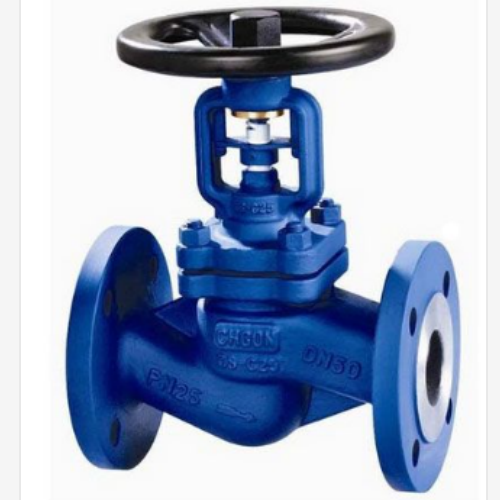Electric Actuator for Control Valve Applications and Benefits
Understanding Electric Control Valve Actuators
Electric control valve actuators play a crucial role in various industrial applications, providing precise control over flow rates and pressure in process systems. These actuators are integral components of control valves, which are used to regulate fluid flow within a pipeline. The technology behind electric actuators has advanced significantly, making them a reliable choice for many sectors, including oil and gas, water treatment, power generation, and chemical manufacturing.
What is an Electric Control Valve Actuator?
An electric control valve actuator is a device that converts electrical energy into mechanical motion to operate a valve. When an electrical signal is received, the actuator moves the valve to a specific position, either opening or closing it partially or fully. This process allows for meticulous control of the fluid's flow characteristics, such as pressure, temperature, and flow rate. Unlike pneumatic or hydraulic actuators that rely on air or fluid pressure, electric actuators offer more precision and can be easily integrated with automated control systems.
Key Features and Benefits
1. Precision Control Electric control valve actuators provide high precision in valve positioning. They can be adjusted to very small increments, allowing for fine-tuning of flow and pressure conditions.
2. Energy Efficiency These actuators consume less energy compared to their pneumatic counterparts. Since they only draw power when adjusting the position, they can lead to significant energy savings over time.
3. Low Maintenance Electric actuators generally require less maintenance. With fewer moving parts and no need for air compressors or hydraulic fluid, they tend to have longer service lives and lower operational costs.
electric control valve actuator

4. Ease of Integration They can be easily integrated into existing control systems, including SCADA (Supervisory Control and Data Acquisition) systems, making them ideal for modern automated processes.
5. Safety Features Many electric actuators come equipped with built-in safety features. They often include position feedback sensors, overload protection, and fail-safe modes that ensure safe operation in case of power loss or malfunction.
Applications
Electric control valve actuators are utilized in a wide array of applications. In the oil and gas industry, they control the flow of crude oil and natural gas, enabling efficient production and transportation. In water treatment facilities, they regulate the flow of chemicals and water, ensuring optimal treatment processes. Power plants employ these actuators for managing steam and water supply, crucial for efficient energy generation. Additionally, manufacturing sectors use them to control material flow, enhancing production capabilities.
Conclusion
As industries increasingly focus on automation and efficiency, electric control valve actuators have become indispensable. Their benefits—precision control, energy efficiency, low maintenance, ease of integration, and safety features—position them as the preferred choice for fluid control applications. As technology continues to advance, we can expect further innovations in actuator design and functionality, leading to even greater levels of efficiency and control in industrial processes. Whether in oil and gas, water treatment, or manufacturing, electric control valve actuators will continue to play a vital role in modern industrial automation.
In conclusion, for anyone working in industries that require detailed fluid control, understanding and implementing electric control valve actuators can bring substantial operational improvements and cost savings.
-
The Key to Fluid Control: Exploring the Advantages of Ball Valves in Industrial SystemsNewsJul.09,2025
-
The Versatile World of 1, 2, and 3 Piece Ball ValvesNewsJul.09,2025
-
Stainless Steel Ball Valves: The Ideal Choice for Efficient Flow ControlNewsJul.09,2025
-
Optimizing Fluid Control with Ball Float ValvesNewsJul.09,2025
-
Manual Gate Valves: Essential for Control and EfficiencyNewsJul.09,2025
-
Everything You Need to Know About Butterfly ValvesNewsJul.09,2025
-
The Versatility of Wafer Type Butterfly ValvesNewsJul.08,2025




